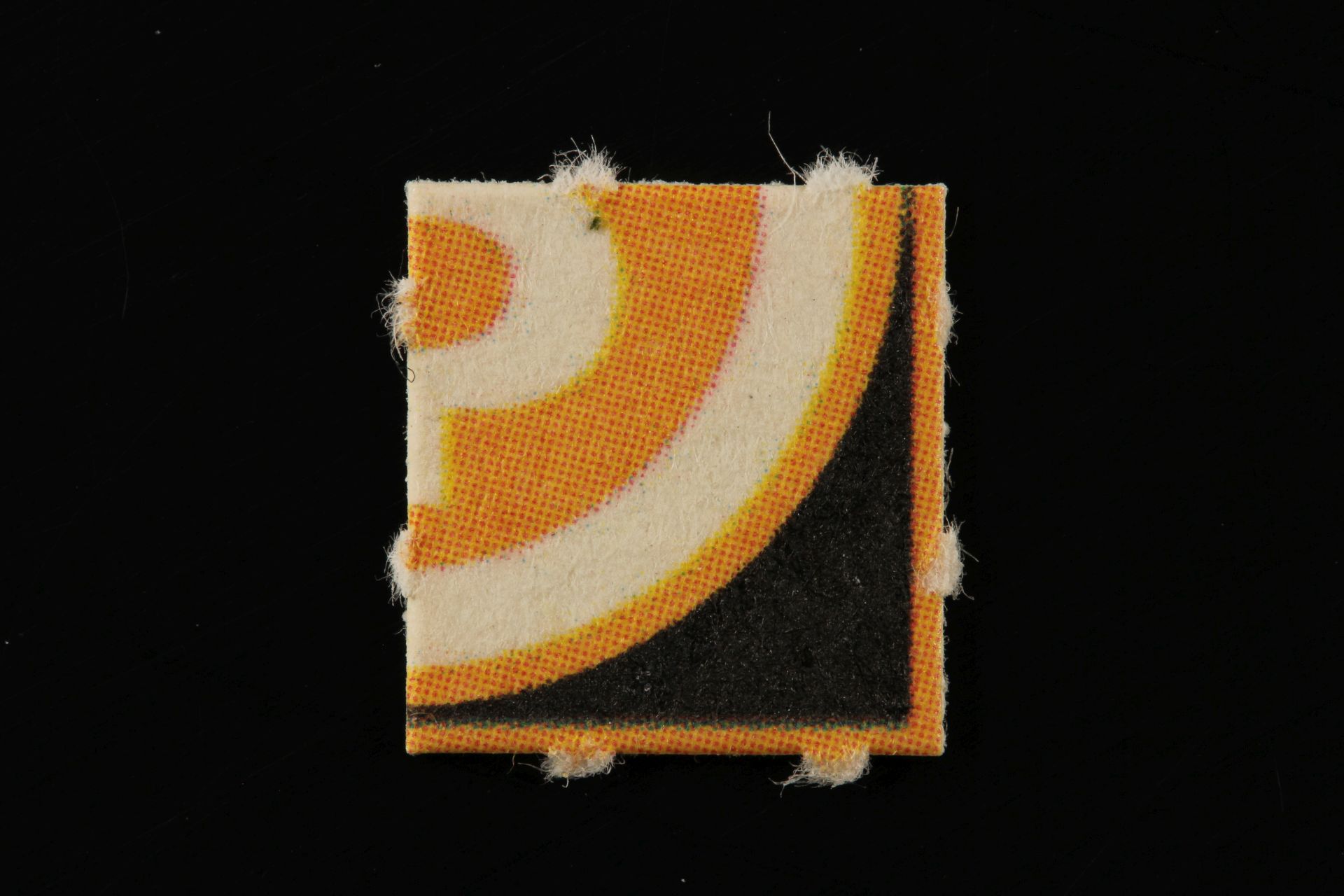HHCP sold as THC

Risk assessment
This cannabis sample, declared as THC , contains the synthetic cannabinoid hexahydrocannabiphorol (HHCP) in addition to a majority of CBD and a small amount of THC (determined qualitatively only).
Hexahydrocannabiphorol (HHCP) is a new cannabinoid that is offered in some countries as a legal alternative to ∆9-THC products ("classic" THC). HHCP is a fully synthetic cannabinoid that does not occur naturally in the cannabis plant. The substance was probably applied to the flower after the fact. Due to the uneven distribution of the substance on the flower, there is a risk that high doses of HHCP are consumed and overdose symptoms may occur.
According to user reports, the effect spectrum is similar to that of ∆9-THC, but it is said to have a more potent effect than the better-known HHC. In higher doses, however, the substance is said to develop an effect that is perceived as unpleasant. In case of overdose, nausea, dizziness, physical discomfort and vomiting may occur. There is hardly any reliable information on the risks and side effects of HHCP (all information is based on user reports). The long-term effects of consumption are completely unknown.
Consumption is not advised!
Alert level
Information
Caution
Alerts
Information
Caution
Alerts
Information
Caution
Alerts
Safer Use
Testing
With newly purchased, unfamiliar cannabis products, it is advisable to test only a small amount the first time (take two or three puffs) and then wait about 15 minutes for the effect to develop. If the effect is unusual, do not continue to use the product!
Mixed use
Avoid mixed use. Mixed use with other substances (including alcohol or medications) is very risky because of the unpredictable and still unknown interactions. Avoid mixed use with MAO inhibitors, opioids or tranquilizers.
Mix well
Mix your cannabis products well before consumption (ideally use a grinder) to avoid a high concentration of possible synthetic cannabinoids on individual flower parts. Particular care should be taken with residual material that has fallen off the outer parts of the flower, as this is often likely to contain a particularly high concentration of synthetic cannabinoids.
Disclaimer
If you are in possession of a substance that does not appear on this page, this in no way means that it contains the expected ingredient or that it should be safe. The warnings we publish only refer to the substances listed in our Drug Checking offers, these substances pose a high risk of consumption and should not be consumed. A substance may have the same visual appearance (shape, size, colour, etc.) and yet have different ingredients or a different composition. There is no drug use without risk! Only a complete renunciation of drugs is risk-free! If you still decide to use drugs, you should at least follow the safer use rules.
















































































































